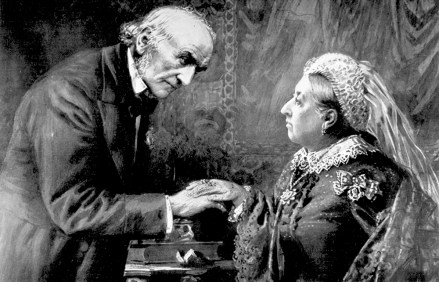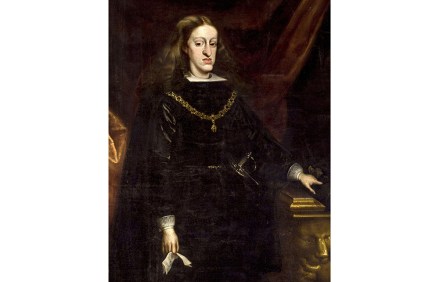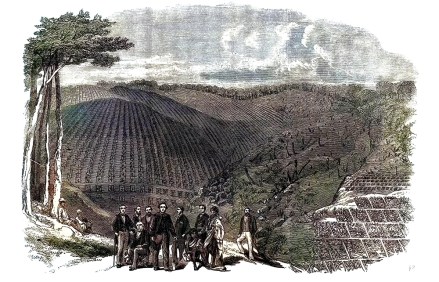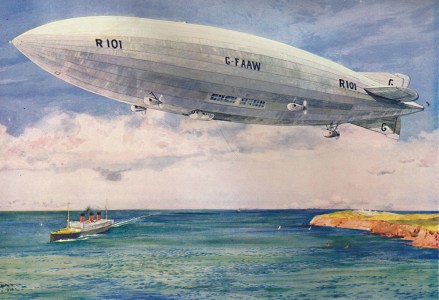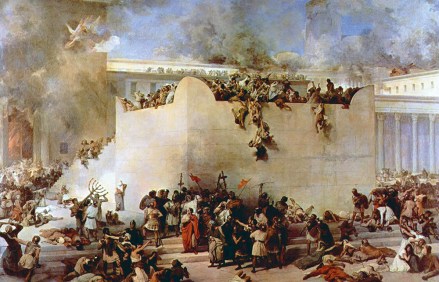A brief glimpse of secretive Myanmar
Were trains to blame for the travel writing boom of the 1980s? When Paul Theroux’s The Great Railway Bazaar was published in 1975, it sold 1.5 million copies and launched a publishing phenomenon. At first, long-distance train journeys conjured all the romance of the golden age of travel: leather luggage, first-class compartments and the billowing steam from an antique engine. But with each new imitator, the format became increasingly stale, and now train trips suggest the cushioned charm of Michael Portillo’s never-ending BBC series. Nevertheless, as Clare Hammond shows in On the Shadow Tracks, rail journeys can still take the traveller deep inside a country. The tracks are flooded, or



